How Metal Presswork, Fabrication, and Machining Work Together in Manufacturing
Manufacturing is a highly complex process that requires a combination of techniques to produce high-quality, precision-engineered parts. Metal presswork, fabrication, and machining are three fundamental processes in metalworking that work seamlessly together to create intricate and durable components. These methods complement each other and, when integrated effectively, ensure that manufacturers can meet both small-batch and high-volume production needs with precision and efficiency.
In this article, we’ll explore how each of these processes functions individually and how they combine in a typical manufacturing workflow to deliver the best possible results.
What is Presswork?
Presswork is the process of shaping or cutting metal sheets using a press machine, typically with the help of a die. This process uses various sub-methods like stamping, blanking, and bending to manufacture mass-produced parts, including washers, brackets, and other structural components. Manufacturers often use presswork for high volumes of the same part because it offers efficiency and cost-effectiveness.
Types of Presswork:
- Stamping: Stamping presses a metal sheet into a die to form shapes like gears, electrical components, and washers.
- Blanking: Blanking cuts metal sheets into smaller, precise pieces for further fabrication.
- Bending: Bending shapes metal at a precise angle using a press brake, typically to create frames or enclosures.
- Coining: Used for fine details in parts that need very precise shapes and markings.
Presswork is often the first step in manufacturing processes that require large quantities of identical parts. The combination of automation and high-speed presses allows manufacturers to keep costs low while maintaining high levels of precision.
For a deeper look at this cost-effective method, explore our guide on the Advantages of Metal Presswork in Manufacturing.
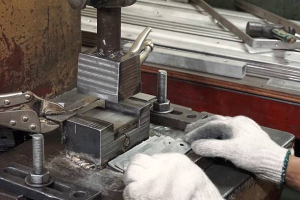
What is Fabrication?
Fabrication refers to the process of constructing metal structures by cutting, bending, welding, and assembling different pieces. Unlike presswork, which uses dies to shape metal, fabrication is highly customizable and versatile. It is suitable for both one-off custom parts and small production runs where precision and flexibility are key.
Key Fabrication Processes:
- Cutting: Metal sheets are cut into specific shapes using tools like lasers, plasma cutters, or waterjets.
- Bending: Metal sheets are bent into complex shapes and angles using press brakes or other bending tools.
- Welding: Metal parts are joined together using heat, pressure, or both. This process is essential for creating durable assemblies.
- Assembly: After individual parts are fabricated, they are assembled into a final product using techniques like riveting, bolting, or welding.
Fabrication offers more flexibility than presswork, allowing manufacturers to create a wide variety of parts and assemblies. Whether you need a custom bracket or a multi-component structure, fabrication makes it possible to produce complex parts that meet the specific needs of a project.
At Kirmell Ltd, we specialise in offering custom fabrication services, working closely with clients to ensure that their designs are accurately brought to life. We provide comprehensive solutions that include everything from initial design to final assembly. Also, learn more about metal fabrication in our separate guide.
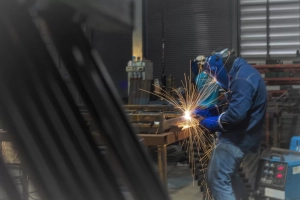
What is Machining?
Machining removes material from a workpiece using various machine tools to achieve the desired shape. Manufacturers typically use this process to produce parts that require high precision and tight tolerances. CNC (Computer Numerical Control) machining automates the process, with machines following computer-generated instructions to cut each part exactly to specification.
Key Machining Techniques:
- Milling: A rotating tool is used to remove material from a workpiece to create complex shapes, such as flat surfaces, grooves, and holes.
- Turning: A rotating workpiece is cut with stationary tools to create cylindrical parts.
- Drilling: Holes are created in a workpiece using a rotating drill bit.
- Grinding: A finishing process that uses abrasives to smooth the surface of a part.
Machining is typically used for parts that need to fit together precisely or those that require a high degree of detail, such as gears, shafts, and connectors. For complex designs with tight tolerances, machining is often the go-to method. See in more detail what machining is and its types.
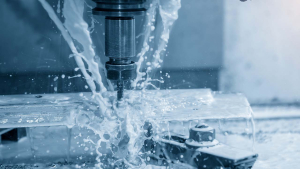
How Presswork, Fabrication, and Machining Work Together
The synergy between presswork, fabrication, and machining is a key factor in achieving high-quality, custom metal parts that meet exact specifications. Here’s how these processes often work together in a typical manufacturing project:
Step 1: Initial Shaping with Presswork
The process typically begins with presswork, where raw metal sheets are cut into smaller, more manageable pieces or shaped into basic forms using a die. This step is ideal for high-volume production, as presswork is fast and efficient. It’s also an excellent method for creating the foundation of parts that will be further refined later in the manufacturing process.
Step 2: Customisation with Fabrication
After presswork, the next step is often fabrication. Fabrication allows manufacturers to add complexity to the part by cutting it into more intricate shapes, bending it into angles, or welding multiple pieces together. This stage allows for more customisation and is typically where the majority of the work is done to meet the client’s specific design requirements.
Step 3: Final Precision with Machining
Once the part is shaped and assembled through presswork and fabrication, machining is often used to achieve the final details. CNC machining ensures that parts meet tight tolerances and precise specifications, such as creating holes for fasteners or smoothing rough edges. Which is why the final product is highly accurate and ready for use in its intended application. Check out our guide on how laser cutting reduces waste and improves efficiency.
At Kirmell Ltd, we integrate all three processes, presswork, fabrication, and machining, to provide our clients with comprehensive manufacturing solutions. Whether you need a single custom part or a large batch of high-precision components, we have the capabilities to handle it all.
The Benefits of Integrating Metal Presswork, Fabrication, and Machining
By using presswork, fabrication, and machining in tandem, manufacturers can enjoy several key benefits:
- Efficiency: Combining these processes allows for faster production times, especially when high volumes of parts are required. Presswork speeds up the initial phase, while fabrication allows for more customisation. Machining finishes off the part with precision.
- Precision: While presswork provides consistent results for mass production, machining ensures that parts are made with high accuracy. Fabrication bridges the gap by providing the flexibility to create complex shapes.
- Cost-Effectiveness: Using presswork for high-volume production and fabrication for custom parts minimises labour costs and reduces waste. CNC machining can then be used to achieve precision at a cost-effective price, especially when combined with automated systems.
- Flexibility: The integration of all three processes allows manufacturers to handle both high-volume and custom jobs with ease. Whether you need a small batch of parts or a complex assembly, combining these methods provides the flexibility to meet diverse needs.

Kirmell Ltd: Your One-Stop Solution for Presswork, Fabrication, and Machining
At Kirmell Ltd, we specialise in offering comprehensive manufacturing solutions, combining presswork, fabrication, and machining to meet the diverse needs of our clients. Our experienced team produces each part with the highest standards of quality and precision, whether you need custom components, large-scale production, or high-precision parts.
With our state-of-the-art equipment and expertise, Kirmell Ltd is your trusted partner for all your custom metal fabrication needs. Contact us today to learn more about our integrated manufacturing services and how we can help bring your projects to life.
Conclusion
Presswork, fabrication, and machining are essential processes in the manufacturing industry, each playing a vital role in producing high-quality, precision-engineered parts. Presswork is ideal for mass production, fabrication adds versatility and customisation, while machining ensures the final part meets tight tolerances and precision. When these processes work together, they provide manufacturers with a seamless workflow that ensures efficiency, accuracy, and cost-effectiveness.
FAQs
What is machine fabrication, and how does it relate to machining?
How is machining different from fabrication?
How does machine fabrication help in producing high-quality parts?
Can Kirmell Ltd handle both small and large-scale projects?

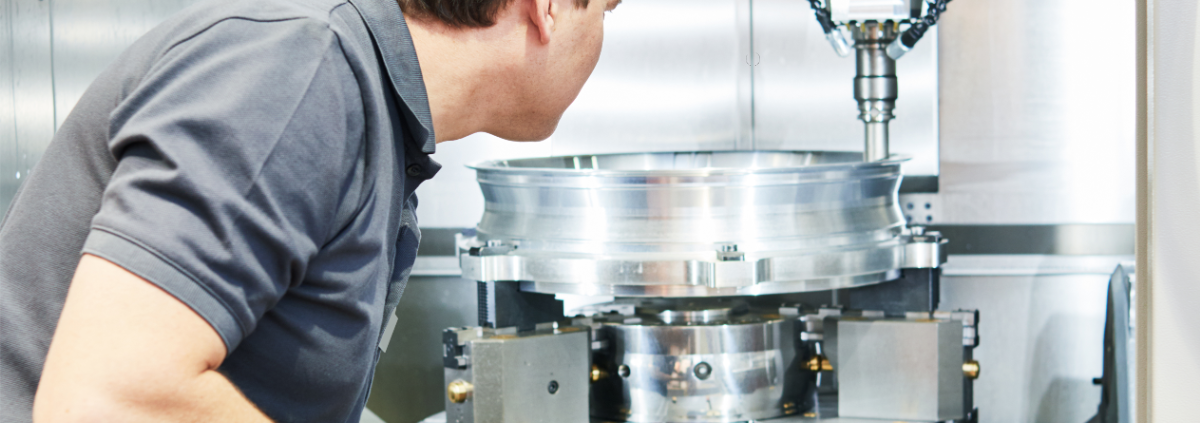
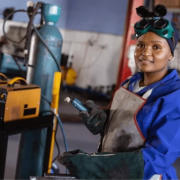
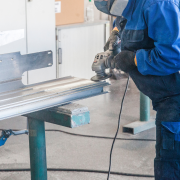
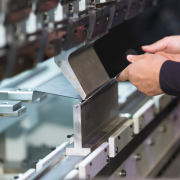
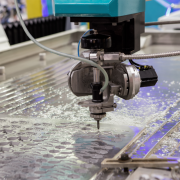
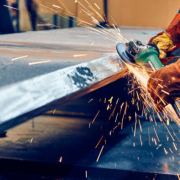

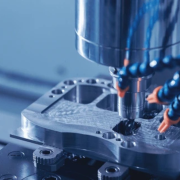
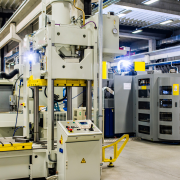



Leave a Reply
Want to join the discussion?Feel free to contribute!